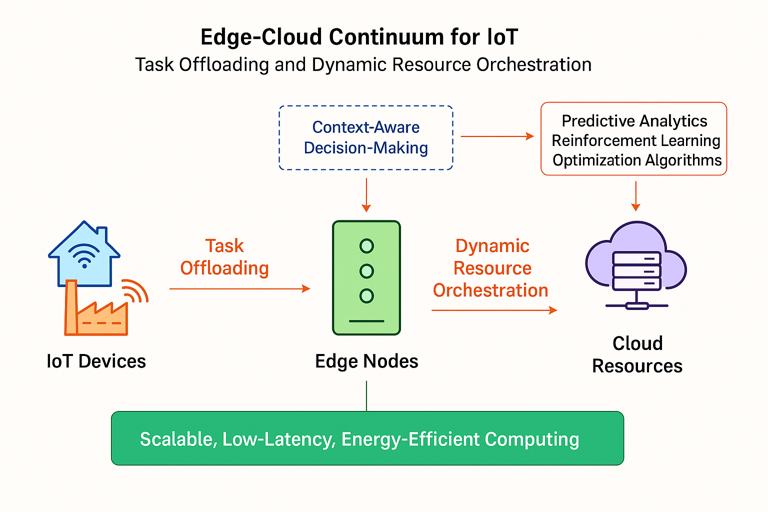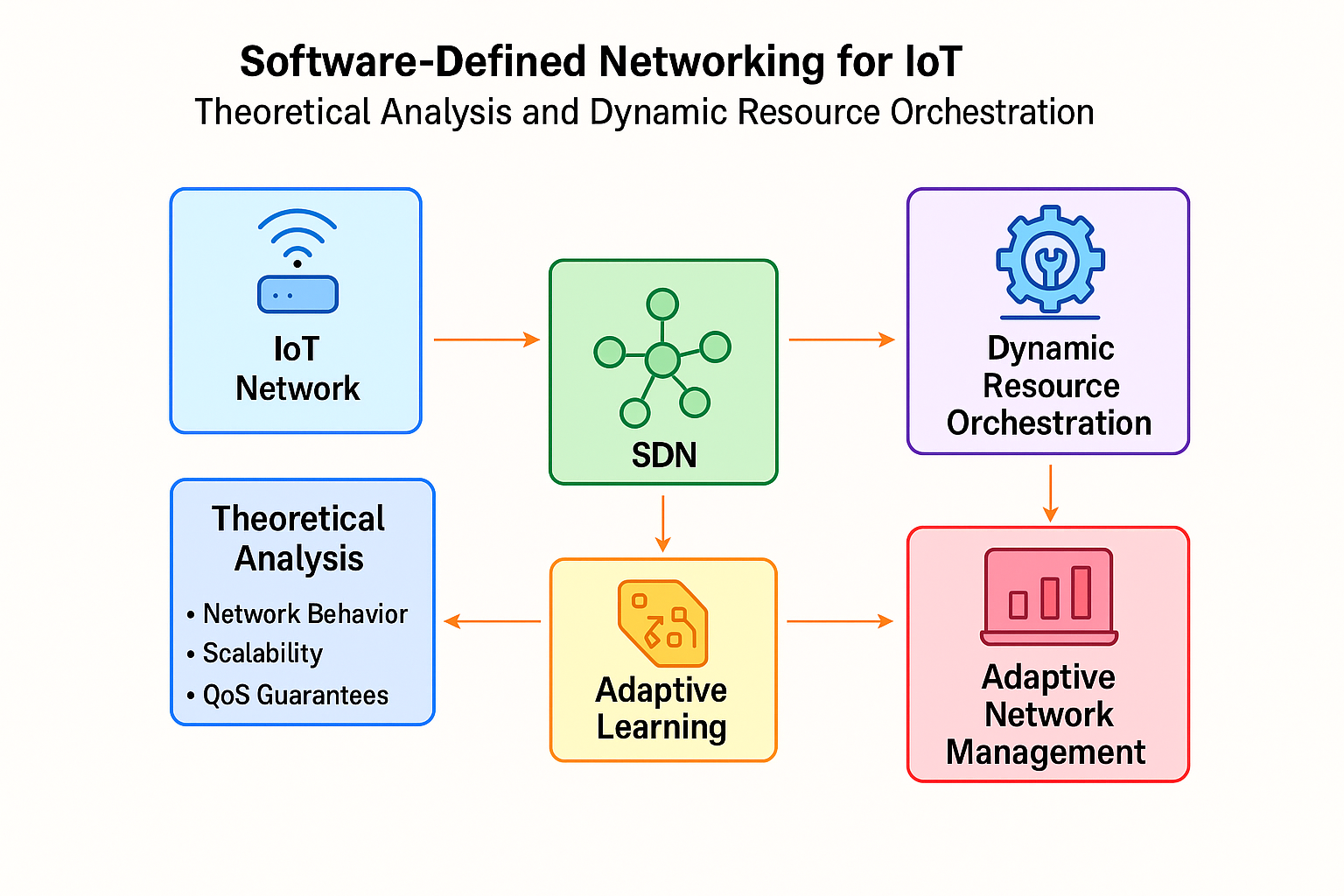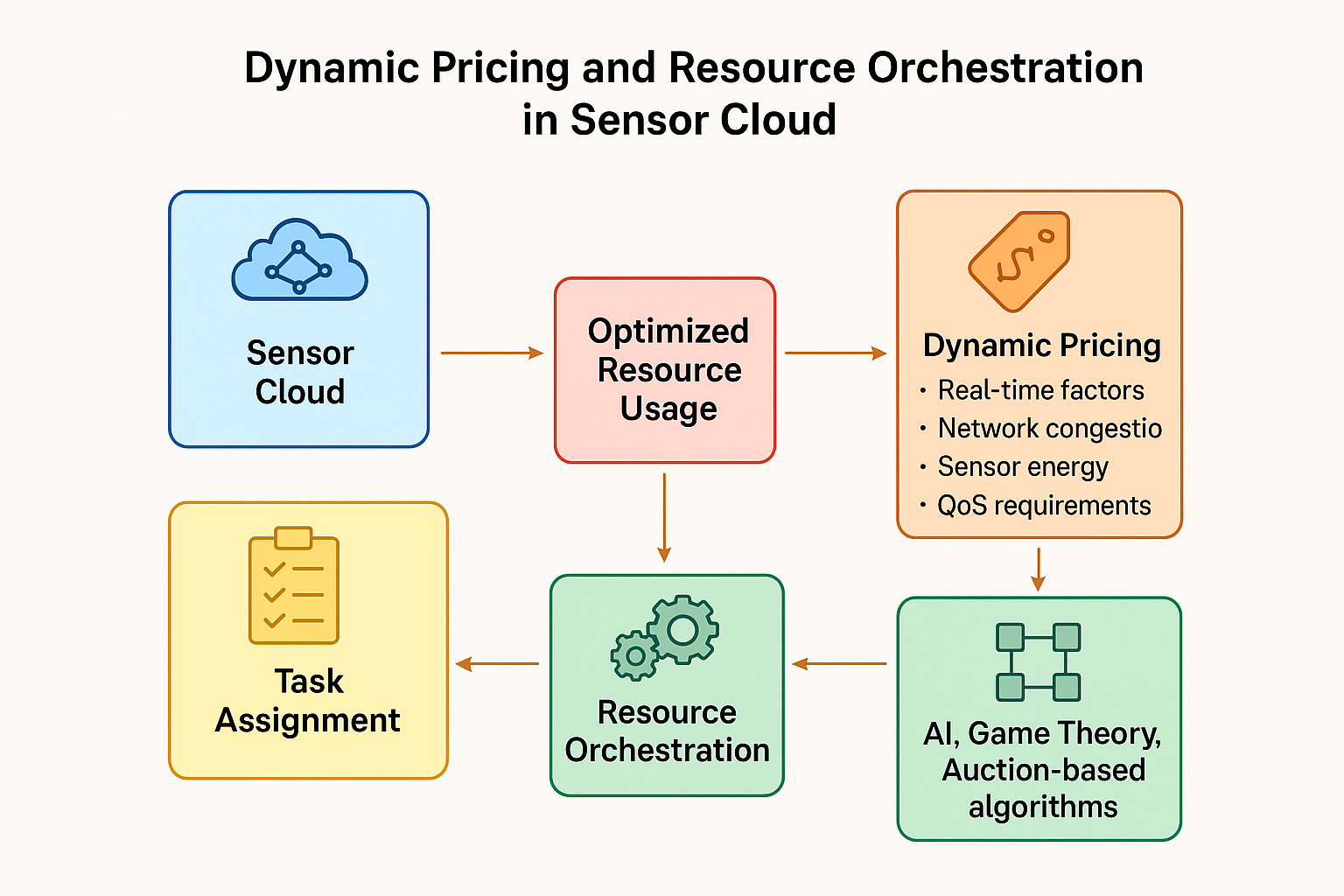Brief Research Interests The NEST Lab focuses on research in intelligent systems enabling network technologies, services, and applications, including Internet of Things, Edge-Cloud Continuum, 5G and Beyond, Software-Defined Networking, Edge/Fog Networks, Ad-hoc Networks, Wireless Sensor Networks, and Game-Theoretic and Machine-Learning Applications. |  NEST Research Group |
Research Projects
| Title | Sponsoring Agency | Role | Period |
| Design and Development of an IoT-Enabled Artificial Intelligence-based Smart Financial Framework for Automatic Medical Insurance Risk Assessment | IIT Bhilai Innovation and Technology Foundation | Co-Principal Investigator | 2025-2027 |
| iHealth: IoT-Enabled Ancillary Support for Rural Health-Center | IITI DRISHTI CPS Foundation | Principal Investigator | 2025-2026 |
| Development of Real-Time Smart Traffic Management System for Urban, Rural, and Highways of Indore | IIT Indore | Principal Investigator | 2024-2025 |
| Application for Proof of Concept (POC) - Monitoring Agricultural Fields Using IoT-Enabled Drones | Project SwaYaan - Capacity Building in Drone/UAS, C-DAC Hyderabad | Co-Principal Investigator | 2023-2024 |
| Enabling Edge Computing for Software-Defined Internet of Everything | IIT Indore | Principal Investigator | 2022-2024 |
| DIStributed and Trustworthy Edge-Cloud architecture for future 6G-enabled Healthcare (DISTECH-6G) | Finnish Ministry of Education and Culture | Principal Investigator (Indian Side) |
2022-2023 |
Research Overview
Edge-Cloud Continuum for IoT: Task Offloading and Dynamic Resource Orchestration
In the Edge-Cloud Continuum for IoT, task offloading and dynamic resource orchestration are fundamental to achieving scalable, low-latency, and energy-efficient computing. Task offloading refers to the strategic transfer of computation from resource-constrained IoT devices to more capable edge nodes or remote cloud servers, depending on task requirements such as latency sensitivity, data volume, and computational complexity. This offloading process is governed by context-aware decision-making frameworks that analyze factors like network conditions, device energy levels, and mobility patterns. Dynamic resource orchestration complements this by enabling real-time allocation and reallocation of computational, storage, and networking resources across the continuum. Using predictive analytics, reinforcement learning, and optimization algorithms, orchestration mechanisms determine the optimal placement and scheduling of tasks to balance load, reduce response time, and meet quality-of-service (QoS) constraints. In multi-tenant environments, these mechanisms must also ensure fair resource sharing, adherence to service-level agreements (SLAs), and isolation among competing applications. Moreover, orchestration across the continuum must seamlessly integrate heterogeneous infrastructures -- ranging from microcontrollers at the edge to high-performance cloud clusters -- while supporting interoperability and security. Together, intelligent task offloading and dynamic resource orchestration enable the Edge-Cloud Continuum to respond adaptively to the diverse and evolving needs of IoT applications in domains such as smart cities, healthcare, and industrial automation.

Software-Defined Networking for IoT: Theoretical Analysis and Dynamic Resource Orchestration
In the context of the Internet of Things (IoT), Software-Defined Networking (SDN) offers a flexible and programmable architecture that decouples the control and data planes, enabling centralized management of heterogeneous and dynamic IoT networks. Theoretical analysis of SDN-based IoT frameworks focuses on modeling network behavior, scalability, flow optimization, and Quality of Service (QoS) guarantees under constrained resource conditions. Game-theoretic models, queuing theory, and control-theoretic approaches are often employed to analyze trade-offs between latency, throughput, energy efficiency, and fairness among IoT devices. Dynamic resource orchestration, built upon this theoretical foundation, enables the intelligent and adaptive allocation of networking resources -- such as bandwidth, routing paths, and flow priorities -- based on real-time traffic patterns, device mobility, and application-specific requirements. By leveraging global network visibility, SDN controllers can perform fine-grained traffic engineering, prioritize latency-sensitive IoT applications (e.g., healthcare, industrial control), and dynamically reconfigure network slices. Moreover, machine learning techniques integrated into SDN controllers enhance predictive resource allocation and anomaly detection, ensuring resilient and efficient operation in large-scale IoT deployments. This synergy between theoretical insights and practical orchestration mechanisms positions SDN as a key enabler for scalable, secure, and adaptive IoT networking in next-generation cyber-physical systems.

Dynamic Pricing and Resource Orchestration in Sensor Cloud
Dynamic pricing and resource orchestration in sensor cloud environments play a vital role in optimizing the allocation and utilization of sensing, computation, and communication resources across distributed networks. A sensor cloud integrates heterogeneous sensor networks with cloud computing infrastructure to provide on-demand, scalable access to sensing data and processing capabilities. In such dynamic and resource-constrained environments, static pricing models are inefficient, as they fail to capture temporal and contextual variations in resource demand. Dynamic pricing mechanisms, driven by real-time factors such as network congestion, sensor energy levels, task urgency, and quality-of-service (QoS) requirements, enable adaptive cost modeling that reflects current resource availability and market demand. These pricing models incentivize efficient resource usage and fair sharing among multiple users or applications. Coupled with intelligent resource orchestration strategies -- leveraging AI, game theory, or auction-based algorithms -- the system can dynamically assign tasks to appropriate sensor nodes or edge-cloud resources, considering latency, energy consumption, and reliability constraints. This joint optimization of pricing and orchestration not only improves the overall performance and sustainability of the sensor cloud but also supports multi-tenant scenarios, where competing applications coexist and require service differentiation based on their willingness to pay and service-level agreements (SLAs).

Dynamic Pricing and Energy Management in Smart Grid
We envision that dynamic pricing and energy management are critical components of the modern smart grid ecosystem, enabling efficient, real-time balancing of energy supply and demand. Dynamic pricing refers to time-sensitive electricity pricing models -- such as time-of-use (ToU), real-time pricing (RTP), and critical peak pricing (CPP) -- that incentivize consumers to adjust their energy consumption based on fluctuations in electricity cost and grid load. This demand-side flexibility allows utilities to reduce peak demand, minimize grid stress, and optimize the integration of renewable energy sources. Through advanced metering infrastructure (AMI), IoT-enabled devices, and AI-driven analytics, consumers and grid operators can access fine-grained consumption data, enabling automated load shifting and intelligent energy scheduling. Moreover, energy management systems (EMS) utilize these dynamic price signals to coordinate distributed energy resources (DERs), storage systems, and flexible loads, such as electric vehicles or smart appliances, in a cost-effective manner. In addition to enhancing grid stability and economic efficiency, this synergy between dynamic pricing and smart energy management supports environmental sustainability by facilitating the increased adoption of intermittent renewables and reducing reliance on fossil-fuel-based peaking plants.
